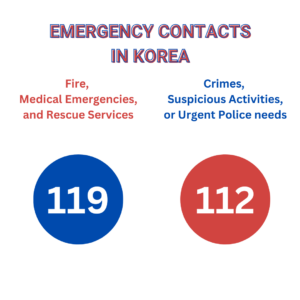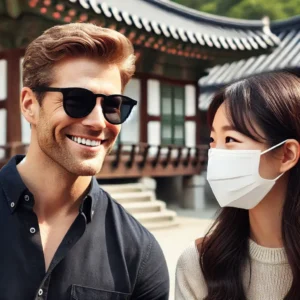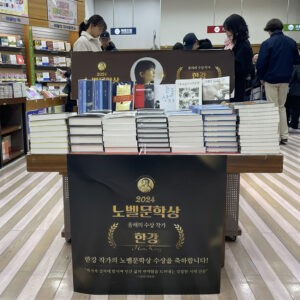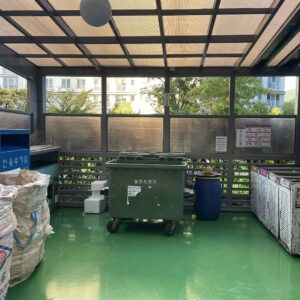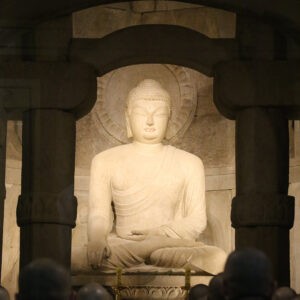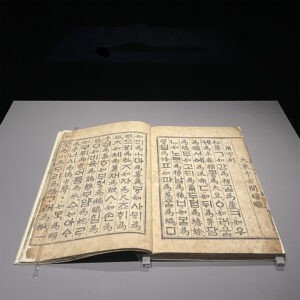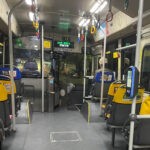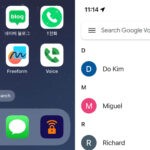Introduction: Transitioning from U.S. Highways to Korea’s Roads
The United States is often called a “car nation,” where wide highways, sprawling suburbs, and a love for the open road define the driving experience. From the smooth interstates of Texas to the winding coastal roads of California, driving in the U.S. symbolizes independence and convenience. But what happens when you trade those endless highways for the vibrant, fast-paced streets of South Korea?
Korea presents a completely different driving dynamic. Urban areas like Seoul buzz with energy, filled with narrow roads, assertive drivers, and scooters weaving through traffic. For U.S. license holders, navigating Korea’s roads may seem like a challenge at first. However, with the right preparation and a Korean driver’s license in hand, you’ll gain the freedom to explore everything this beautiful country has to offer—from hidden mountain villages to serene coastal drives.
The good news? South Korea and several U.S. states have a reciprocal license agreement, making it easier for you to exchange your U.S. driver’s license without starting from scratch. Whether you’re planning to live here long-term or just want the flexibility to explore at your own pace, this guide will help you make the transition to driving in Korea smoothly and confidently.
U.S. States with License Exchange Agreements
Currently, a few U.S. states have reciprocal agreements with South Korea, allowing drivers to exchange their licenses without needing to take additional tests.
States That Allow License Swapping
| Reciprocity | Request for recovery | Unrecovered Foreign Driver’s License |
|---|---|---|
| Massachusetts, Texas, Louisiana, Oklahoma, Arkansas, Pennsylvania, Hawaii, Colorado, Georgia, Alabama, Florida, Tennessee, South Carolina, Maryland, Virginia, Washington, West Virginia, Oregon, Idaho, Iowa, Wisconsin, Michigan | Rhode Island, Nevada, New Mexico, New Hampshire, Maine, Vermont, Mississippi, New York, Connecticut, Utah, Wyoming, North Carolina, Montana, Illinois, Indiana, Kansas, Minnesota, Missouri, Nebraska, North Dakota, South Dakota | Arizona, California, New Jersey, Delaware, Alaska, Washington DC, Kentucky, Ohio |
Reciprocity & Request for recovery :
You have to turn in your driver’s license.
A US driver’s license that has been recovered and is being kept through exchange for a Korean driver’s license
May be returned in the following cases:
1) Overseas departure (e.g. departure flight ticket: you need to print out and summit your flight ticket). If you return to Korea, you don’t need to turn in your US Driver’s license again.
2) Cancellation of domestic license by the driver’s license holder
3) Request for sending to a diplomatic mission. If the foreign driver’s license is not collected within 10 years from the exchange date, the foreign driver’s license may be cancelled in accordance with the consent form for cancellation of exchange issuance.
Unrecovered Foreign Driver’s License :
You don’t need to turn in your driver’s license.
What type of driver’s license you can get :
2nd class Ordinary(2종보통) – Passenger cars, passenger cars with a seating capacity of 10 or fewer, cargo cars with a loading weight of 4 tons or less, Special vehicles with a gross weight of 3.5 tons or less, large towing vehicles, small towing vehicles and rescue vehicles are excluded, motorized bicycles
Not mention states above :
You need to take the knowledge exam (multiple choice, 40 questions in English) **Oregon and Idaho also conduct the knowledge exam.
Required Documents for License Exchange
To exchange your U.S. driver’s license for a Korean one, you’ll need the following documents:
1. Original U.S. Driver’s License
2. U.S Passport
3. Original alien registration card
original domestic residence report card for Korean nationals of foreign nationality or original resident registration card
4. 3 color photos taken within 6 months (size 3.5cm*4.5cm:Passport picture size)
5. Proof of entry and exit: from year of birth to present
This document tracks your entry into and exit from Korea and is required for the license swap. You can get it from a local government office(행정복지센터, or 동사무소)
6. Embassy verification letter or Apostille certificate for the license
Embassy verification letter is a document issued by a foreign embassy that certifies the authenticity of a document originating from another country. An Apostille is a simplified method of certifying a document for international use under the Hague Convention of 1961. An Apostille certificate is a special stamp or endorsement that confirms the document is authentic and recognized in all member countries of the Hague Convention.
7. A-3 US Forces Korea
- All above documents except alien registration card
- COMMON ACCESS CARD (US military base access card)
- US military service certificate (order paper) or employment certificate (employment certificate, 700-19)
- ※ Military/Contract: Confirm SOFA ROK-USA VERIFIED stamp on passport or Alien Registration Card (A-3)
- ※ Active military personnel: SOFA ROK-USA VERIFIED stamp or entry inspection certificate (can be issued at the immigration office if not instructed)
8. Application Fee
Mobile IC (English, Korean) 15,000 won / General (English, Korean) 10,000 won
the physical examination fee (Class 1 large/special license: 7,000 won, other licenses 6,000 won) – eye site, etc.
the knowledge exam fee: 10,000 won(if taken)
Link to Exchange issuance of foreign driver’s license page
Where to Apply for the License Exchange
You can apply for a license exchange at any Driving License Exam Center in Korea. The process typically involves visiting your local center, where you’ll submit your documents and pay the applicable fees.
Driving License Exam Centers in Korea
Most cities have exam centers, so it’s relatively easy to find a location near you.
Process at Local DMVs
If you’re in a smaller town, the process might involve visiting a local DMV. However, the steps remain largely the same.
※ There is no physical examination center within the Mungyeong, Gangneung, Taebaek, Gwangyang, Chungju, and Chuncheon driver’s license examination centers, so please receive a physical examination at a nearby hospital.
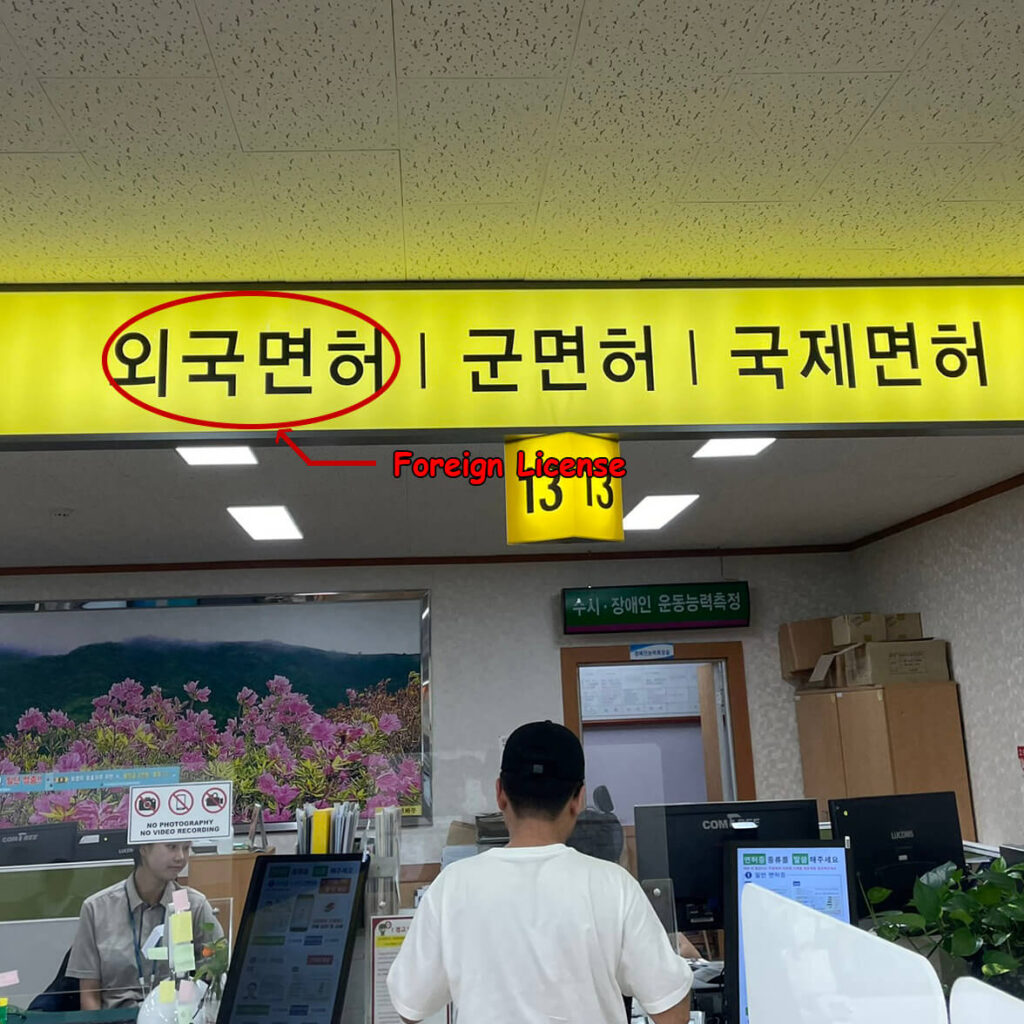
Who need to Consider Driving in Korea
Driving in Korea gives you the flexibility to explore the country at your own pace. While public transportation in Korea is incredibly efficient and affordable, it doesn’t offer the same freedom that driving does—especially if you plan to visit rural areas or take spontaneous road trips.
Freedom and Flexibility
Having your own car gives you the autonomy to travel without being restricted by train or bus schedules. Whether you’re taking a weekend trip to the countryside or navigating the busy streets of Seoul, the convenience of having a car cannot be overstated.
Comparing Public Transport to Driving in Korea
Public transport is great for day-to-day commuting in cities, but for more remote or time-sensitive travel, driving can save hours of inconvenience. Owning a car also means you can avoid crowded subways and buses.
The Challenges of Driving in Korea
Differences in Driving Behavior
Korean drivers tend to be more aggressive than what you may be used to in the U.S. Streets can be narrow, and parking can be a real challenge in big cities like Seoul and Busan.
Congestion in Korean Cities
Traffic congestion is a daily reality, particularly in major cities. It’s not uncommon to spend more time in traffic than you would expect, especially during rush hours.
Q&A
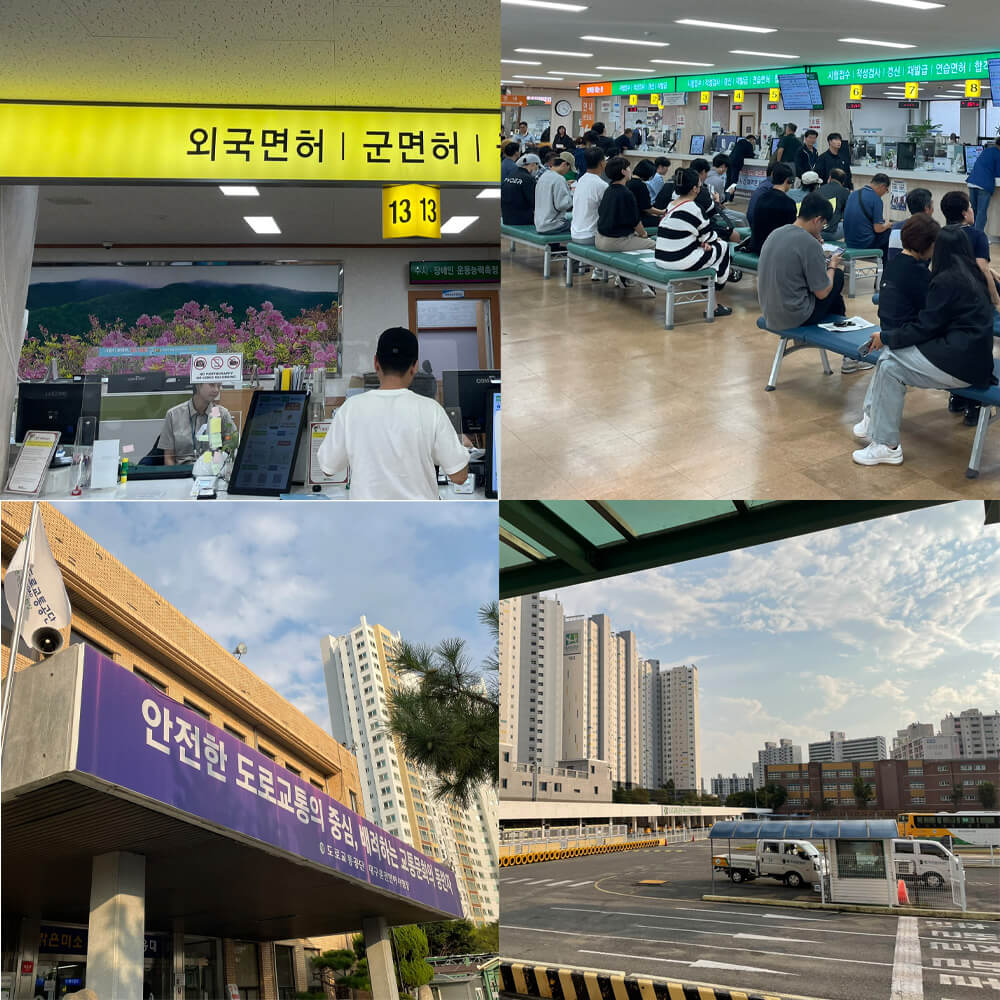
Key Traffic Rule Differences Between Korea and the U.S.
Driving in Korea and the U.S. can feel quite different due to varying traffic rules and driving behaviors. Here are some of the most notable distinctions:
1. Right Turn on Red
- America: In most states, drivers are allowed to make a right turn at a red light after coming to a complete stop, as long as there’s no sign prohibiting it.
- Korea: Right turns on red are allowed, but you must come to a full stop first and yield to pedestrians. It’s a stricter interpretation of the rule compared to the U.S., where some drivers make quick right turns without stopping.
2. Left Turns
- America: In many states, drivers can make a left turn on a green light without waiting for a specific left-turn arrow, as long as they yield to oncoming traffic.
- Korea: Left turns are only allowed when a specific left-turn arrow is lit. This rule prevents conflicts with oncoming traffic, making left turns highly regulated in Korean intersections. However, there is a sign called “비보호 좌회전” (unprotected left turn), where you can turn left on a green light if there is no oncoming traffic. This rule can be confusing for newcomers used to American traffic, where making left turns at green lights without dedicated signals is more common.
3. U-Turns and Lane Usage
- America: U-turns are typically allowed unless a sign explicitly prohibits them. Drivers can cross the middle line to make left turns or U-turns at many intersections.
- Korea: U-turns are only permitted at designated U-turn lanes or intersections. Crossing the solid middle line is illegal. If a driver needs to turn around, they must use a specific U-turn lane and then proceed.
4. Speed Limits
- America: Speed limits vary by state and type of road. Highways typically range from 55 to 85 mph (88-136 km/h), with urban areas having much lower limits.
- Korea: Speed limits in Korea tend to be lower. Urban roads are generally limited to 50-60 km/h (31-37 mph), while highways allow speeds from 100-120 km/h (62-75 mph). These limits reflect Korea’s more densely populated areas and tighter road spaces.
5. Pedestrian Crossings
- America: Pedestrians have the right of way at crosswalks, but jaywalking is common, and drivers may not always yield.
- Korea: Pedestrian priority at crosswalks is much stronger. Drivers must yield to pedestrians, and people usually wait for the walk signal even if there are no cars nearby.
6. Roundabouts
- America: Roundabouts are less common but becoming more popular, particularly in newer urban designs. Drivers must yield to traffic already in the roundabout.
- Korea: Roundabouts are a common feature in urban traffic systems. Traffic inside the roundabout typically has priority, although the rules can vary, so caution is necessary.
7. Traffic Cameras
- America: While speed cameras are used in some areas, they are less common, especially in suburban or rural regions.
- Korea: Speed and red-light cameras are widespread and rigorously enforced, with drivers paying close attention to camera zones to avoid fines.
8. Driving Etiquette
- America: Driving behavior can vary by region, but generally, drivers are expected to signal their intentions clearly and follow merging etiquette.
- Korea: Driving in Korea, especially in urban areas, is more aggressive. Merging and lane changes can be fast-paced, with drivers less likely to yield or signal their intentions.
9. Parking Rules
- America: Parking regulations depend on the city or state. Parking meters and zoned parking areas are common in urban areas, and violations can result in fines or towing.
- Korea: Parking is a challenge in crowded cities. Double parking is common, and it’s usual for drivers to leave their contact information on the dashboard in case their car needs to be moved.
10. Crossing Solid Lines
- America: Drivers often cross the middle line to make left turns or U-turns when there’s no oncoming traffic and no sign prohibiting it.
- Korea: Crossing a solid middle line is strictly prohibited. Drivers must follow road markings and use designated U-turn lanes to access the opposite side of the road.
Car Insurance
If you provide a history of three years with American Car Insurance, you could qualify for a discount from a Korean Car Insurance company. You can obtain this record from your American Car Insurance provider.
Tips for Driving in Korea
Stay cautious, especially in big cities, and always be aware of other drivers around you, as there are a lot of delivery bikes all around you. You will be amazed at how they are driving, so be careful until you get used to it.
Conclusion
Exchanging your U.S. driver’s license for a Korean one can seem overwhelming, but with the right preparation, it’s a straightforward process. With a bit of paperwork and a trip to the driving center, you’ll soon have the freedom to drive and explore Korea on your own terms. Whether you’re here for work, study, or an extended stay, having a Korean driver’s license is a valuable asset.

